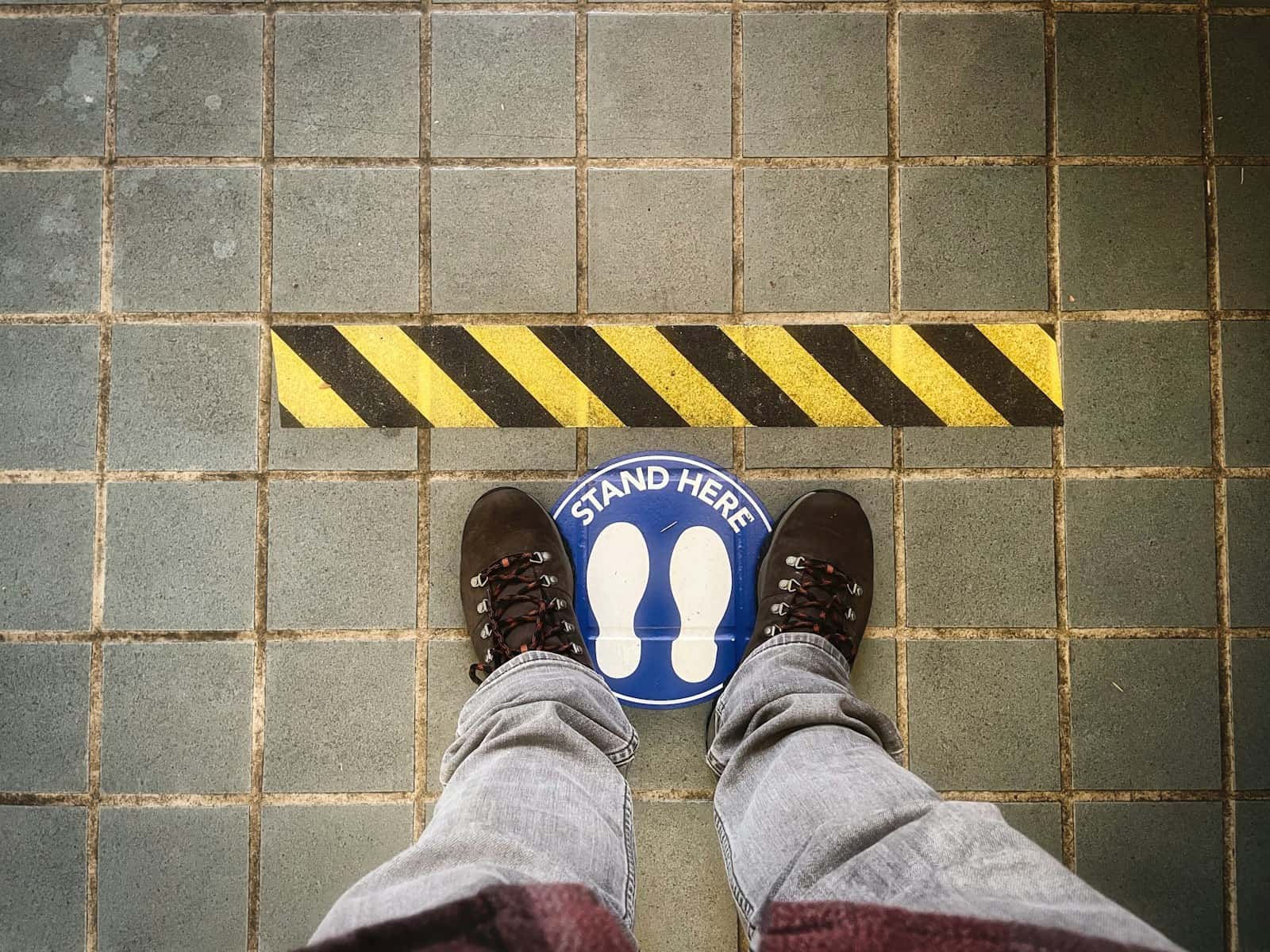Brainstorming is one of the most effective idea generation and problem-solving tools. In my experience as a lean management expert, I’ve watched brainstorming breathe new life into teams that were previously stuck. Now, you’re going to learn how brainstorming works and why it’s essential to continuous improvement. So which are the best brainstorming techniques to unlock your team’s creativity and apply it to your organization’s success?
What Are Brainstorming Techniques?
Brainstorming techniques are structured processes designed to help you generate ideas and solve problems creatively. These methods are designed to optimize free thinking and generate as many ideas as possible without judgment. The concept of brainstorming was created by Alex Osborn in the 1930s to help make people more creative in advertising.
The history of brainstorming includes some key milestones:
- 1939: Alex Osborn coins the term “brainstorm.”
- 1953: Osborn writes a book called “Applied Imagination” outlining brainstorming techniques.
- 1960s: Businesses and schools start using brainstorming.
- 1970s-present: People create many different specialized techniques.
Brainstorming follows four basic principles: quantity over quality, no criticism, include the craziest ideas and build on and combine ideas. Following these principles establishes an environment in which creativity thrives.
There are several benefits to using brainstorming techniques in your organization:
- Better problem solving
- More creativity and innovation
- Improved collaboration among team members
- Higher participation and engagement
- Different perspectives
I’ve seen teams completely revolutionize their approach to a problem through brainstorming. You’ll likely notice an increase in productivity and uncover solutions you previously didn’t think were possible.
Classic Brainstorming Methods

Traditional group brainstorming is when team members come together and verbally share ideas. This method encourages spontaneity and allows ideas to build off each other. You’ll commonly see this used in corporate environments and the creative industry.
Individual brainstorming is when one person brainstorms alone. This is helpful when you want to remove external influences and generate ideas. It’s also effective for introverted team members who prefer to think alone. Use this method if you need to generate ideas quickly or are brainstorming on a sensitive topic.
Brainwriting is a silent form of written brainstorming. Participants write down their ideas on paper or a digital platform and then pass their papers to others to build off of their ideas. This method can generate 42% more original ideas than traditional group brainstorming. It’s also beneficial because it gives an equal opportunity for everyone to contribute an idea, regardless of their ability to articulate thoughts verbally.
Round-robin brainstorming is a structured approach to ensure all team members contribute:
- Team members sit in a circle.
- Each person presents one idea at a time.
- No discussing or critiquing ideas until everyone shares an idea.
- Continue the process until everyone runs out of ideas.
This ensures each member contributes an idea and prevents a single person from dominating the conversation. I particularly like this approach when working with a team of varying seniority or expertise levels.
Visual Brainstorming Techniques
Mind mapping is a popular visual thinking tool in which you create a diagram with a central idea and related ideas. This can make learning more effective by 10-15% and increase retention by up to 10% compared to traditional note taking. Mind mapping is particularly useful for structuring information and understanding how ideas relate to each other.
Concept mapping is similar to mind mapping, but it goes one step further by visualizing how ideas are related to each other. It is especially popular in educational settings and when trying to understand a system or process. A concept map is a hierarchical structure with the main idea at the top and related ideas branching out below.
Storyboarding was originally created for film production, but it has become popular in other industries. To use this tool, you sketch out ideas in a sequence of frames or panels. Storyboarding is particularly useful for visualizing a process workflow or a user journey.
The fishbone diagram, also known as the Ishikawa diagram, is a great tool to help you identify potential causes of a problem. Here’s how it works:
| Element | Description |
|---|---|
| Head | The main problem or effect |
| Spine | The center line that leads to the head |
| Ribs | The main categories of potential causes |
| Bones | The specific causes within each category |
The fishbone diagram is especially useful when you’re trying to determine the root causes of problems in a complicated system.
Structured Brainstorming Approaches

SCAMPER is an acronym for various ways you can alter an existing idea:
- Substitute
- Combine
- Adapt
- Modify
- Put to another use
- Eliminate
- Reverse
This framework forces you to think about problems in different ways, making it one of the best frameworks for improving existing products or services.
The Six Thinking Hats method, developed by Edward de Bono, is a framework for parallel thinking. Each “hat” is a different thinking perspective:
- White: Facts and information
- Red: Emotions and feelings
- Black: Potential negatives and risks
- Yellow: Benefits and positives
- Green: Creativity and new ideas
- Blue: Process and overview
This approach ensures that teams evaluate problems from various perspectives in a structured, organized way, so it’s particularly useful when you need to make decisions.
Reverse brainstorming is another framework turned on its head. Instead of brainstorming solutions, you brainstorm how to cause or exacerbate the problem. This counterintuitive framework can help you uncover unique insights by identifying vulnerabilities in the problem or a different angle to the problem.
Starbursting is a brainstorming framework that focuses on generating questions, not answers. You take a central idea and ask questions with the words Who, What, When, Where, Why, and How. This framework is excellent for thoroughly examining an idea and figuring out what you don’t know.
Creative Brainstorming Techniques
The method is a random word. You think of a random word and then think about how it applies to your problem. This tactic forces your brain to make new connections, which will help you think of fresh ideas.
The process is role play and empathy mapping. You put yourself in someone else’s shoes and think about what they think, feel, and experience. This tactic is especially helpful in user design and problem solving.
The tool is analogies and metaphors. You use analogies and metaphors to understand a complex idea by comparing it to a simple idea. For example, you might compare the process of a business to an ecosystem. This strategy will help you see the problem in a new light and think of a new solution.
TRIZ (Theory of Inventive Problem Solving) is a framework to systematically solve problems. The main ideas of TRIZ are:
- Ideality: What is the perfect solution?
- Contradictions: What are the conflicting requirements, and how can you resolve them?
- Resource utilization: How can you make the most of the resources available?
- Functionality: What are the core functions of the system?
You’ll find TRIZ especially helpful if you work in an engineering or product context.Digital Tools for Brainstorming

Online mind mapping software, such as MindMeister or Coggle, is a great option for collaborative visual brainstorming. These tools allow you to collaborate in real time and easily share ideas. You can create advanced mind maps with multimedia and export them in various formats.
Virtual whiteboard software, like Miro or Mural, is a digital solution for remote brainstorming sessions. They offer features like sticky notes, drawing, and templates. These tools are great for remote teams or running large scale ideation sessions.
Collaborative idea management software helps capture and refine ideas:
- Idea capture and submission
- Voting and rating
- Categorization and tags
- Automated idea ranking
- Tracking progress
Use idea management software to manage your innovation pipeline or crowdsource ideas from a large organization.
AI brainstorming assistants use natural language processing and machine learning to generate ideas and word associations. For example, Otter.ai can transcribe a brainstorming session and analyze the content to provide insights and summaries. These tools are still in the early stages of development, but they’re an interesting way to enhance human creativity.
For those interested in more structured problem-solving approaches, learning about 8d problem solving can complement your brainstorming toolkit. This method provides a systematic way to address complex issues and can be particularly useful in manufacturing and quality management contexts.
Final Takeaways
I’ve been working with teams to help them unlock their creative potential for decades. Brainstorming techniques are excellent for innovation and problem solving. There are plenty of brainstorming techniques from classic to modern digital tools at your disposal to boost creativity. Just keep in mind that successful brainstorming requires an open mind and a willingness to consider ideas that may seem a bit out there. Adopt these techniques, and you’ll be surprised at the ideas you and your team can come up with.






